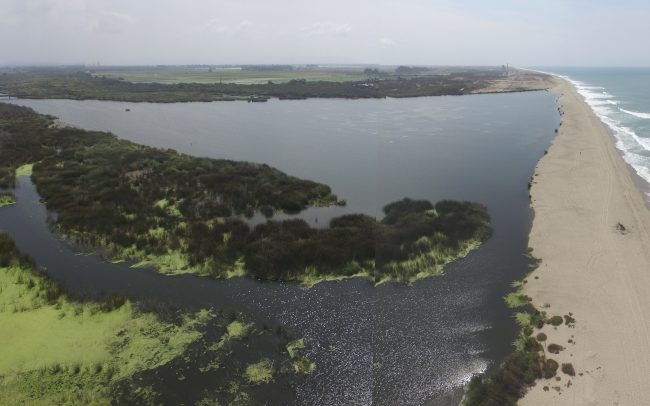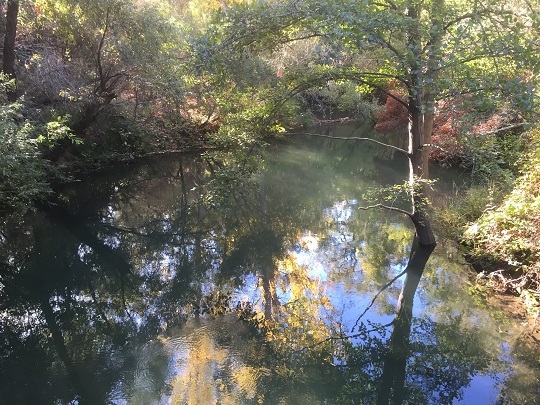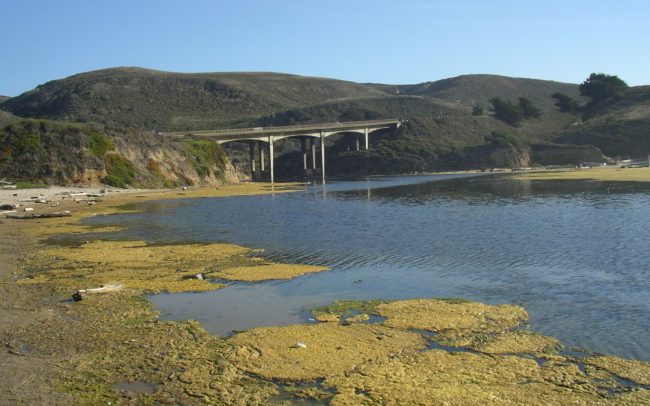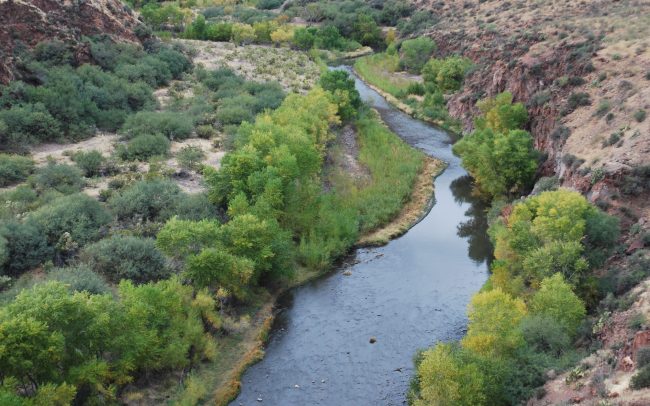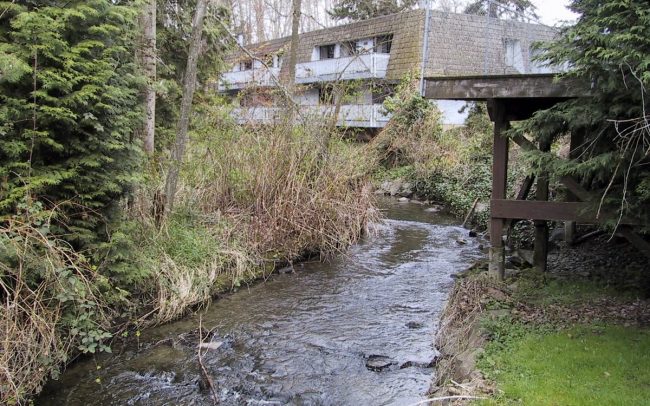PIT (Passive Integrated Transponder) Tag Antenna Monitoring and Analysis
Stationary antennas capable of sampling the entire width of streams, culverts, spillways, or fish ladders provide water resource managers a cost-effective way to monitor fish populations. Fish distribution, seasonal migrations,individual growth, population abundance, life stage and survival history can all be monitored through this passive system that is adaptable to most natural and regulated stream environments.
How does it work?
Fish are implanted with a Passive Integrated Transponder (PIT) tag containing a code specific to each individual fish. The PIT-tagged fish swim through or in the vicinity of an antenna where the date and time of passage, along with each fish’s unique tag number is detected by the antenna receiver, recorded, and stored. Antennas can be designed to span stream channels or other structures (e.g. culverts). Stillwater Sciences has also developed innovative approaches to deploying antennas in deep reservoirs in areas where fish congregate. Antenna systems can be set up to operate individually or together in a multiplex configuration. The system can be powered using a number of options including deep cycle rechargeable batteries, AC/DC power supply, solar panels, or a micro-hydro power unit.
Why use an antenna system?
Minimum maintenance helps keep field monitoring costs down while continuously providing data collection. Reductions in fish capture and handling saves field crew time and labor costs, while at the same time reducing deleterious impacts on fish growth and survival. In many applications, fish are only captured and handled for the initial PIT tag insertion, while data can be passively collected on that fish at antennas for weeks or years, depending on the life span of the individual.
Stillwater Sciences has constructed PIT antenna monitoring systems for bull trout, Chinook salmon, cutthroat trout, rainbow trout, and brook trout in a number of environments including:
• Deep reservoirs to estimate bull trout abundance, movement and survival
• Dam spillways and tailraces to detect fish entrainment
• Culverts and fish ladders to verify fish passage
• Stream and river channels up to 66 m in width, to determine habitat utilization and seasonal migration
• Spawning channels to determine use and migration timing
RELATED SERVICES:
- Biological Monitoring
- Fish Passage
- Watershed Assessment

